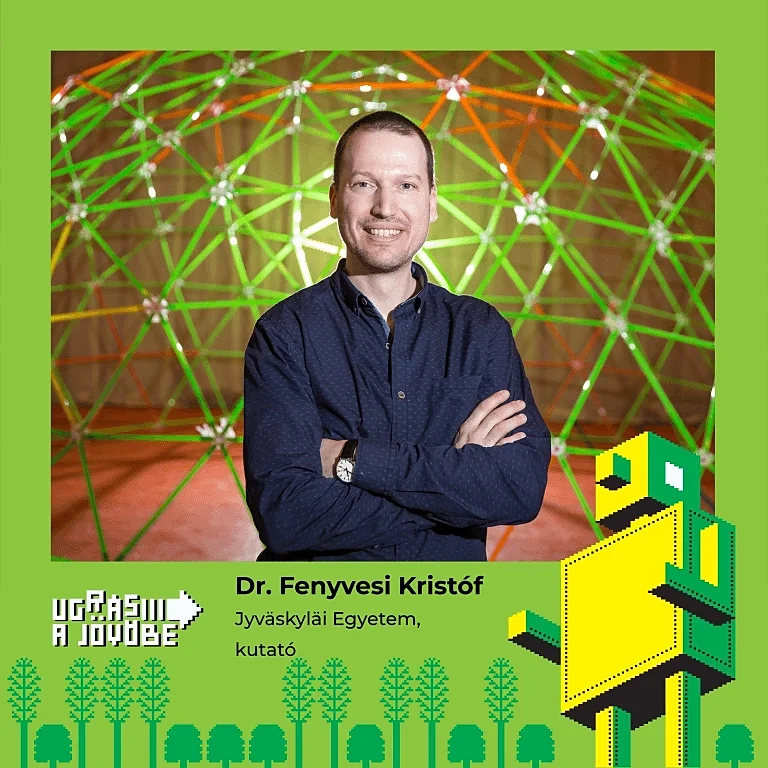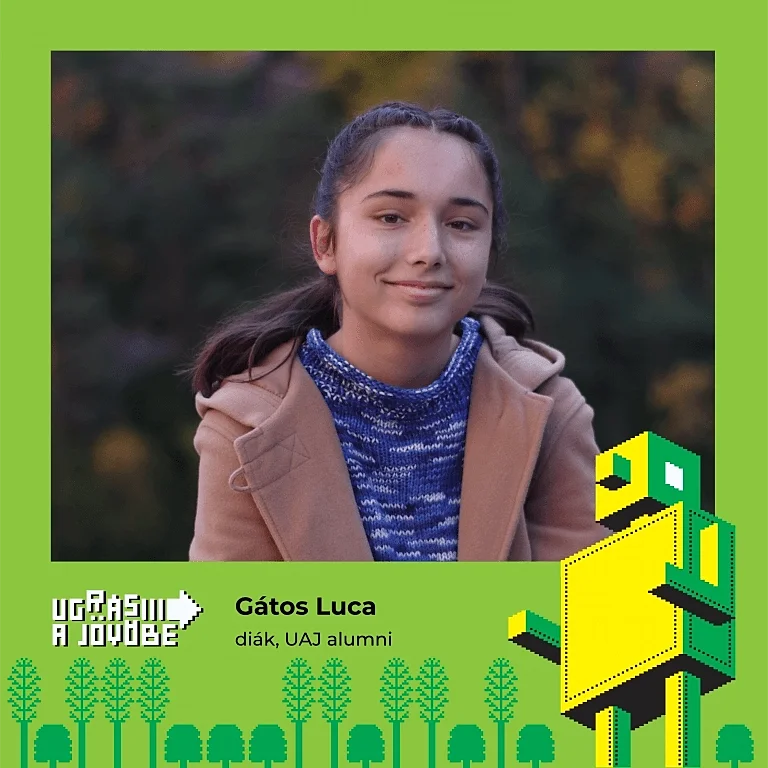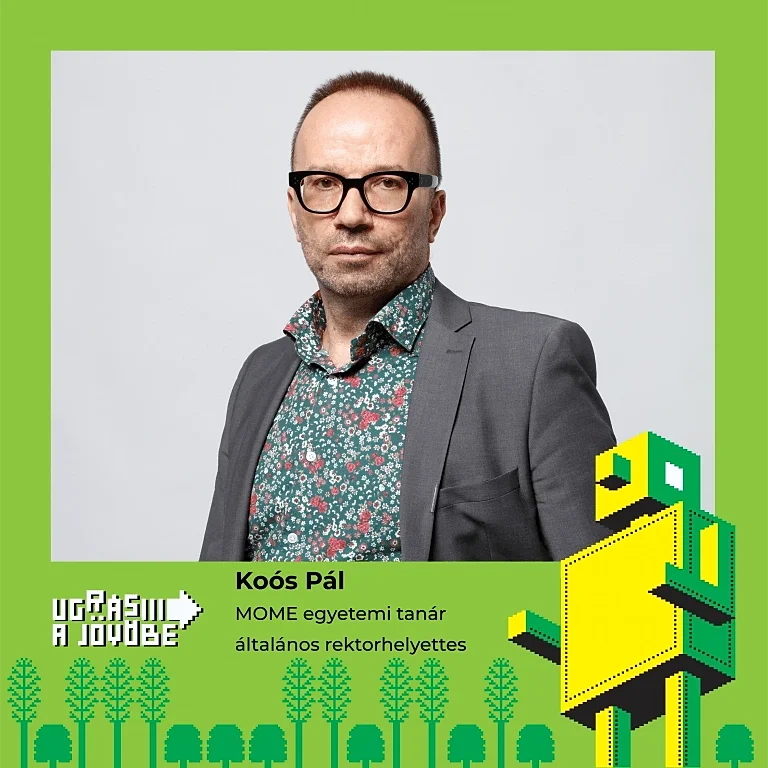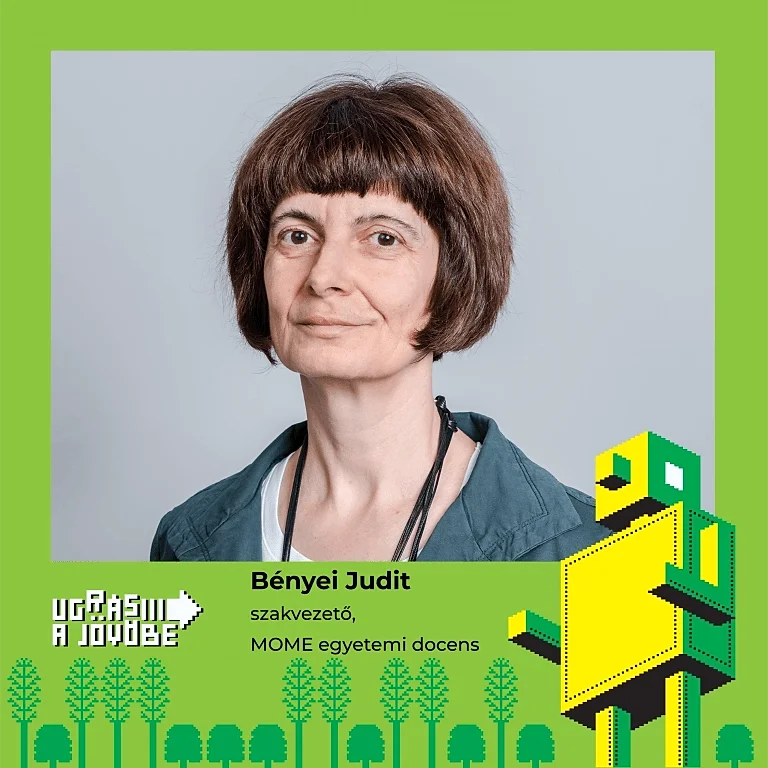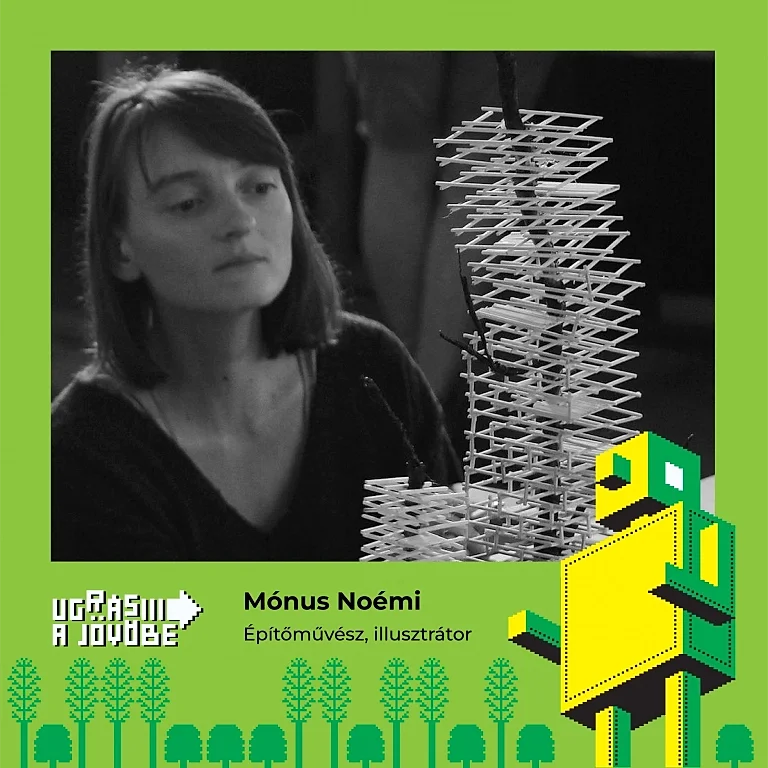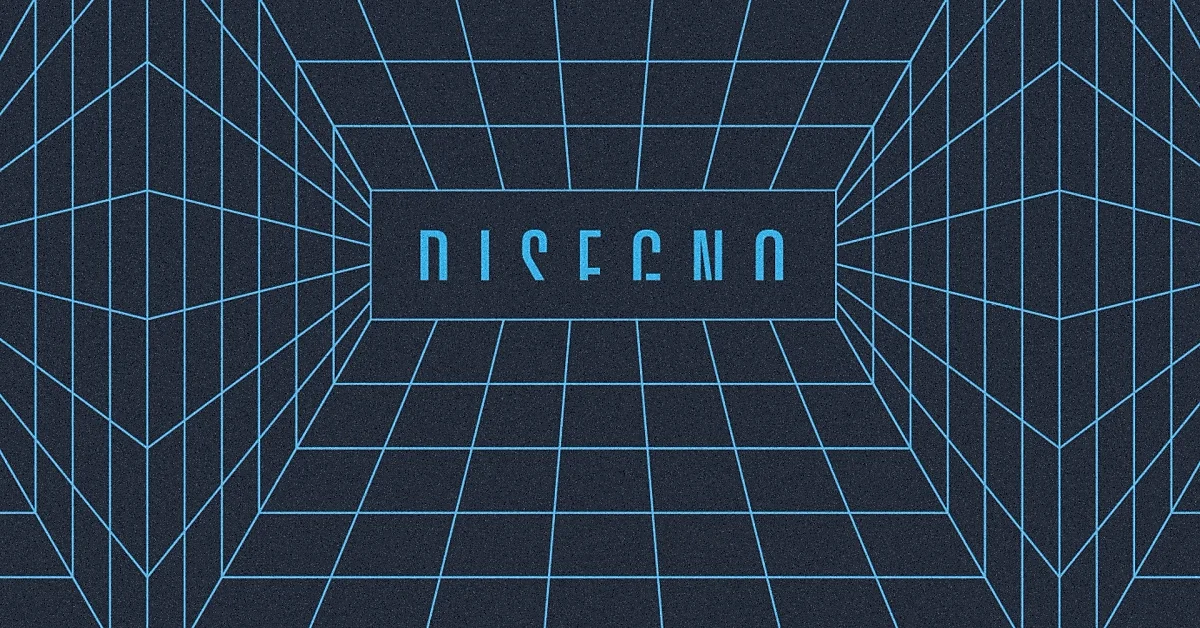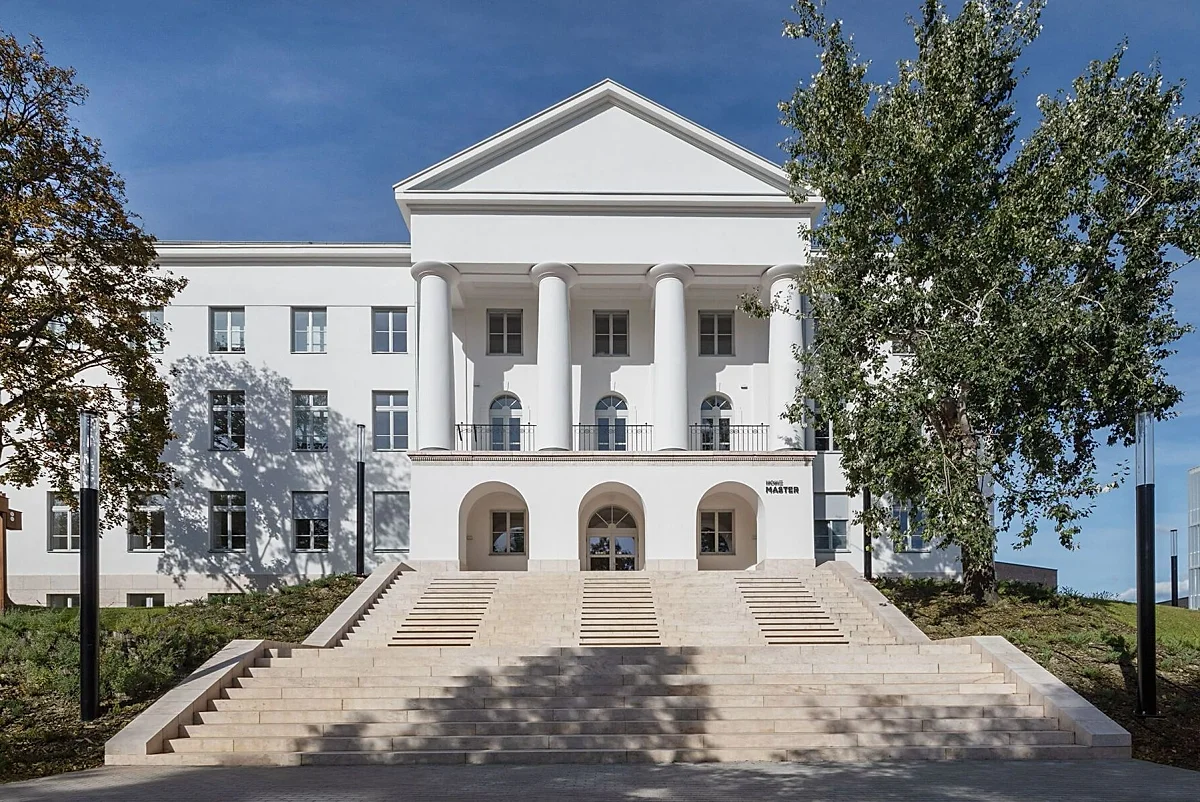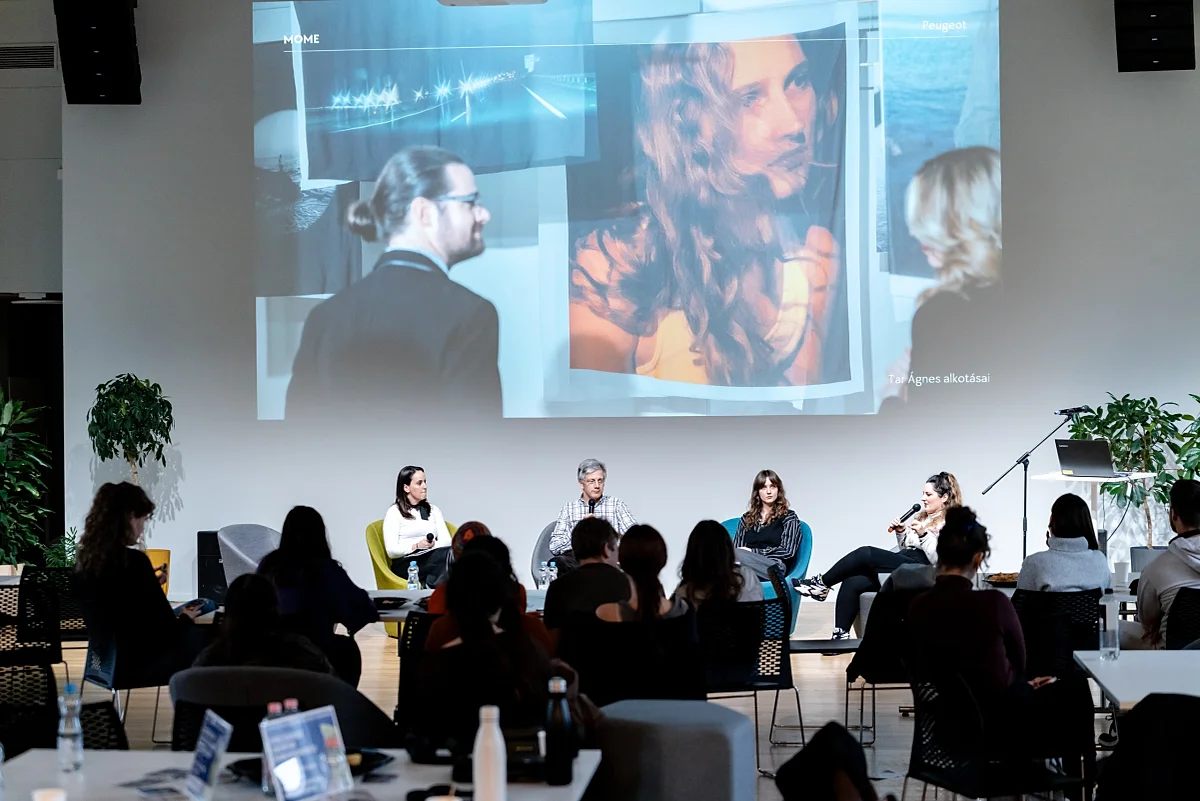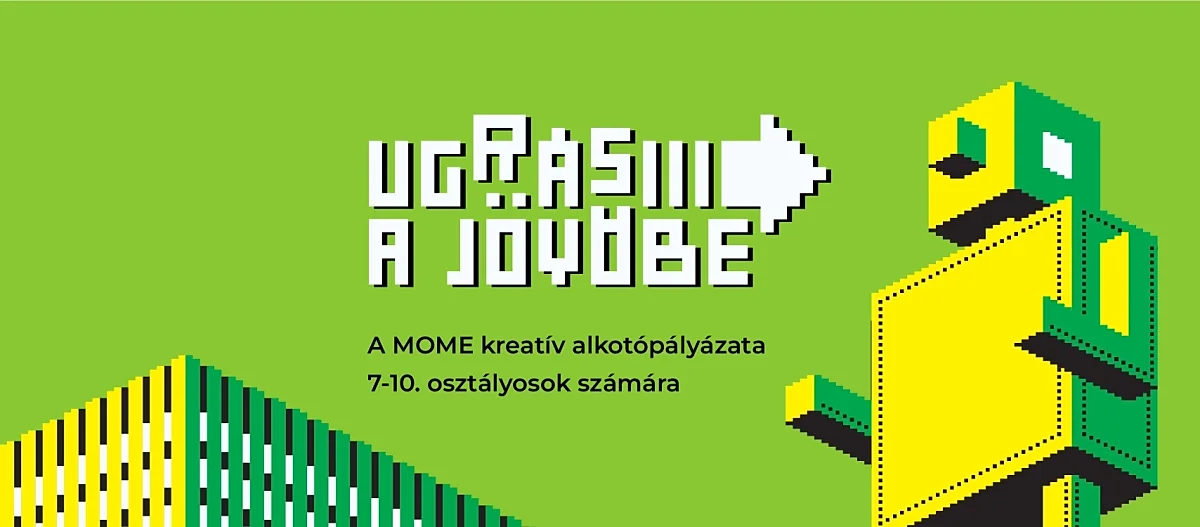
Building more positive visions
The shortlisted entries will be selected from the uploaded submissions of 339 applicants (60 teams) by the jury. The mentoring can help members of Gen Z build a more positive vision, and they will be able to use the skills to be gained in nearly any job in the future.
The Jump into the future! competition will enable members of the ten teams proceeding to the second round to develop skills that can be used later for their school and work career, and the competition process will also support career orientation. They can also learn the basics of design methods, prototyping techniques, and storytelling. Last year’s winning team Fawaris has applied these learnings in other competitions, winning an accolade at the opening event of the 8th Carpathian Basin Sustainability Theme Week and a Green Fairy prize.
In addition to accomplishing visible successes, the acquired skills, building on STEAM and the design thinking method, will also prove useful in daily life.
“Being able to develop our ideas with the help of real-life professionals was a formative experience for me”, said Luca Gátos, a member of the winning team from two years ago, and currently a new member of the jury, recalling their second round. Together with his brother Marcel in team ELEM, she designed the Hakuna Matata product line, reinventing the concept of school meals in 2021.
Focused on teamwork and design thinking, the competition invites teams of 2-5, and teams proceeding to the second round are supported by teachers of the university as mentors throughout the intensive preparation lasting for several weeks. Criteria for the review of entries submitted to the creative competition include quality of the visual product, intelligibility of the frame story, and the strength of the idea or concept.
As Judit Bényei, the longest-serving member of the jury put it, she does not necessarily regard the competition as such. “I think of it more as a great opportunity for young people interested in creative problem solving to encounter intriguing challenges and flex their imagination around important subjects that have the potential to make for a more liveable future”, she said. She is rooting for them to have the power to make a difference and persuade the previous generations to work together with them. For her, an important goal of the competition is to encourage more positive thinking around the future.
Other members of the jury include Deputy Rector Pál Koós, architect, illustrator, and former MOME teacher Noémi Mónus, and Finland-based Hungarian education development researcher Kristóf Fenyvesi. The latter two have been involved in the jury’s work for the first time.
Noémi Mónus is feeling excited about this new challenge. “I love the idea of prompting the latest generation to start using their brains at the earliest possible age, because they are the ones who will be the most exposed to threats such as climate change. I also believe that we are currently experiencing a crisis of sustainability, and I am very curious to learn what kind of vision teenagers today can create with a fresh mind.”
Dr. Kristóf Fenyvesi specialises in interdisciplinary learning (STEM & STEAM) and the relationship between mathematics and art. He is a research fellow at Finnish Institute for Education Research, University of Jyväskylä, founded the Experience Workshop, is currently working on developing learning opportunities of the DigiEduHack programme of the European Commission, and coordinates the community events of the world’s largest mathematics-art organisation, the Bridges Organization. “I would like to step out of my comfort zone, be exposed to unexpected experiences, be shaken in my confirmed beliefs, and encounter new and fresh ideas”, he said summing up his motivations for serving in the jury.
Judging form the entries submitted, he will have ample opportunity to do so. There are many remarkable projects including several ones reflecting on public education. These involve intriguing novel methodologies to help teachers and reduce their workload. Also in previous years, entries would largely focus on a subject that dominated the given period, such as COVID in 2021 and the war in 2022.
This year’s entries include many product design, architecture, and service design solutions. Another interesting fact is that in contrast with the predominantly dystopic entries before, now there are more with an entertaining and utopistic angle.
The winner of the main prize – a MakerBot Sketch 3D offered by Varinex Zrt. – will be revealed at the award ceremony held on 26 June on the MOME Campus concluding months of creative work.
